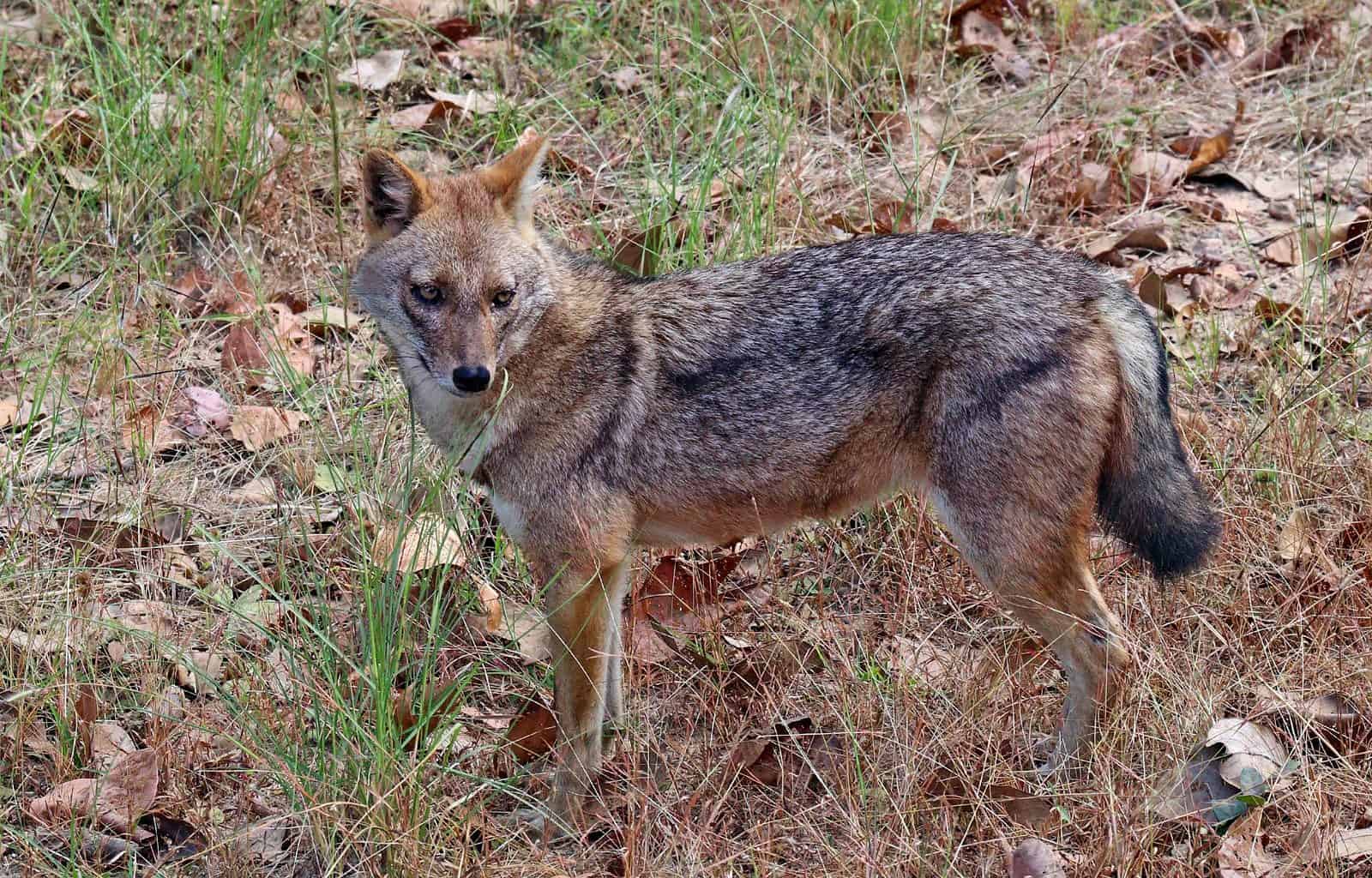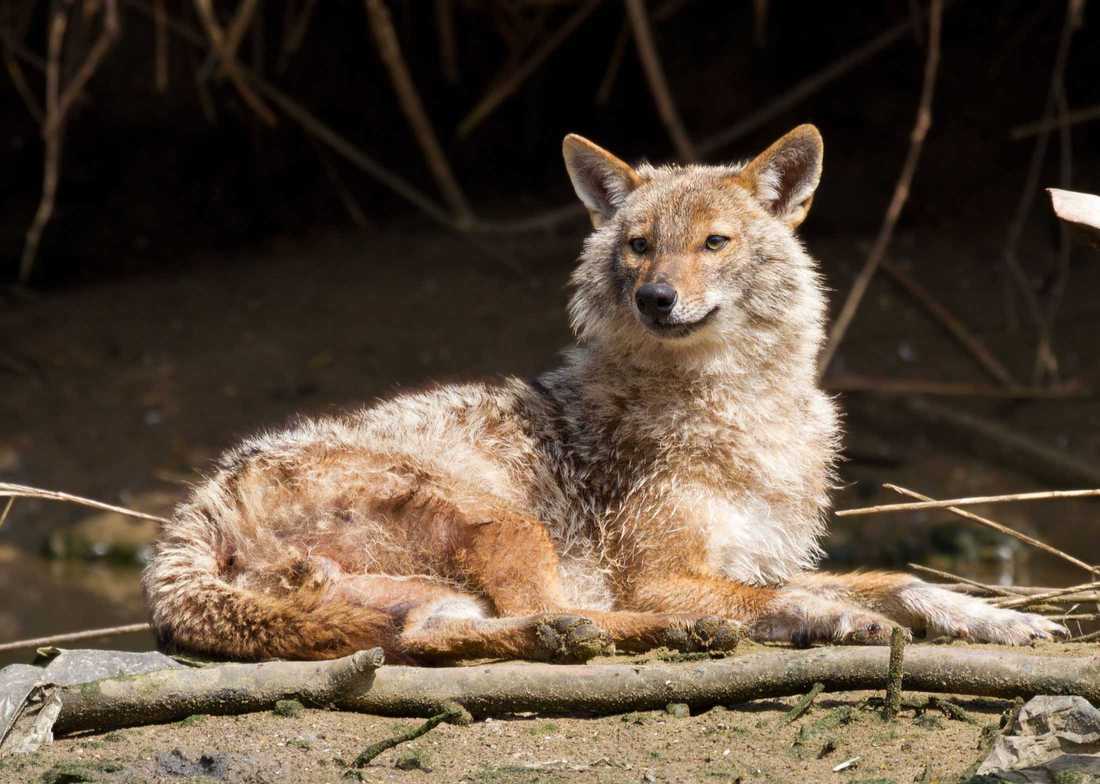6 countries referred to court for failure over invasive species
Last week the European Commission made the decision to take legal action against six member states for their failure in preventing invasive alien species from harming European nature. Invasive alien species are a major threat to Europe’s native wildlife. Every year, they cause around 12€ billion worth of damage to the European Union’s economy.
The problem with invasive species
Alien species are plants and animals that, as a result of human intervention, have been accidentally or purposely introduced into a natural environment where they are not normally found. Around 12,000 alien species are present in European environments, and most of them do not threaten native wildlife. However, about 10-15% of these are invasive, meaning they are capable of causing significant economic or environmental harm. Invasive alien species are one of the major causes of worldwide biodiversity loss. In Europe, 88 species are listed as being “of EU concern” and require action at a European level.
Environmentally speaking, invasive species can devastate local ecosystems. Many of these species thrive because of an absence of natural controls like predators to keep their numbers down. Others are able to outcompete native species for resources. For example, the grey squirrel (Sciurus carolinensis), which is native to North America, was introduced to Europe in the 19th Century. As a more effective competitor, it has effectively replaced the native red squirrel in many areas (e.g. in Britain). It competes with the red squirrel for food and has also spread the deadly squirrelpox virus to the native species.
Invasive alien species can also negatively impact human populations. The racoon, for example, is a highly problematic invasive species in Germany. It not only causes local biodiversity loss, but can spread diseases such as parasitic worms to people and causes millions of Euros worth of damage to housing and infrastructure. The Asian hornet, in addition to reducing local insect biodiversity, impacts pollination services by preying on honeybees.
Insufficient planning for nature protection
It is important to remember that humans, not the species themselves, are to blame for these negative consequences. The invasive species are just reacting to a foreign space as they would do in their native environments and cannot control their natural instincts. Humans, however, can act to prevent these introductions, by strictly controlling possible pathways of entry. If species do manage to enter despite these controls, swift action to eradicate them is necessary.
Tackling the threat of invasive alien species is a vital component of the European Biodiversity Strategy for 2030. The Invasive Alien Species Regulation includes measures to implement regarding species that are of concern to the EU. Member states must therefore take effective measures to prevent introduction, detect and rapidly eradicate or control these species.
On January 26th 2023, the European Commission decided to refer six EU member states, namely Bulgaria, Greece, Ireland, Italy, Latvia and Portugal, to the European Union’s Court of Justice. This is due to their failure to establish, implement and communicate an action plan addressing key pathways of introduction and spread of invasive alien species. This follows letters of formal notice that the Commission sent in 2021 to 18 member states, asking them to take action. The six aforementioned countries did not fully address these issues and were therefore referred to the court.
Due to the potential damage invasive species can cause to local, national and European environments as well as economies once introduced, preventing their introduction is much more effective. This is why the European Commission’s legal action against the member states is necessary to avoid further damage. Hopefully, all countries can work together on an EU level to tackle invasive species and thereby preserve Europe’s nature.









